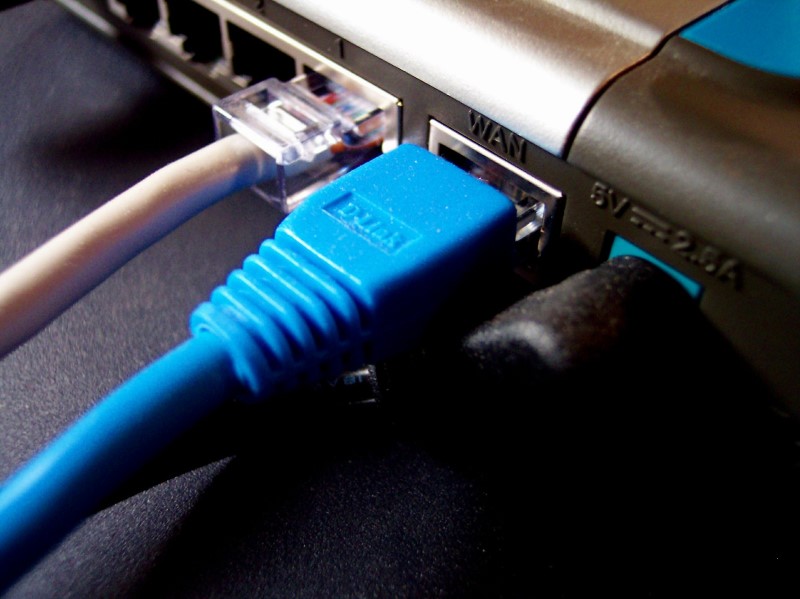
Researchers from University College London (UCL) have developed new hardware that can give Internet users at home a much faster speed with high bandwidths.
The new hardware can significantly cut the cost of deploying fast fibre connections straight to homes.
While major advances have been made in core optical fibre networks, they often terminate in cabinets far from the end consumers.
The so called “last mile” which connects households to the global Internet via the cabinet, is still almost exclusively built with copper cables as the optical receiver needed to read fibre-optic signals is too expensive to have in every home.
“We have designed a simplified optical receiver that could be mass-produced cheaply while maintaining the quality of the optical signal,” said lead researcher Dr Sezer Erkilinc from UCL’s electronic and electrical engineering.
The average data transmission rates of copper cables connecting homes today are about 300 Mb/s.
“Our technology can support speeds up to 10 Gb/s, making it truly futureproof,” Dr Erkilinc added in a paper published in the Journal of Lightwave Technology.
The team simplified the design of the optical receiver, improving sensitivity and network reach compared to existing technology.
Once commercialised, it will lower the cost of installing and maintaining active components between the central cabinet and homes.
The researchers are now investigating the laser stability of the receiver which is an important step to building a commercial prototype of the system.
[“Source-Gadgets”]













